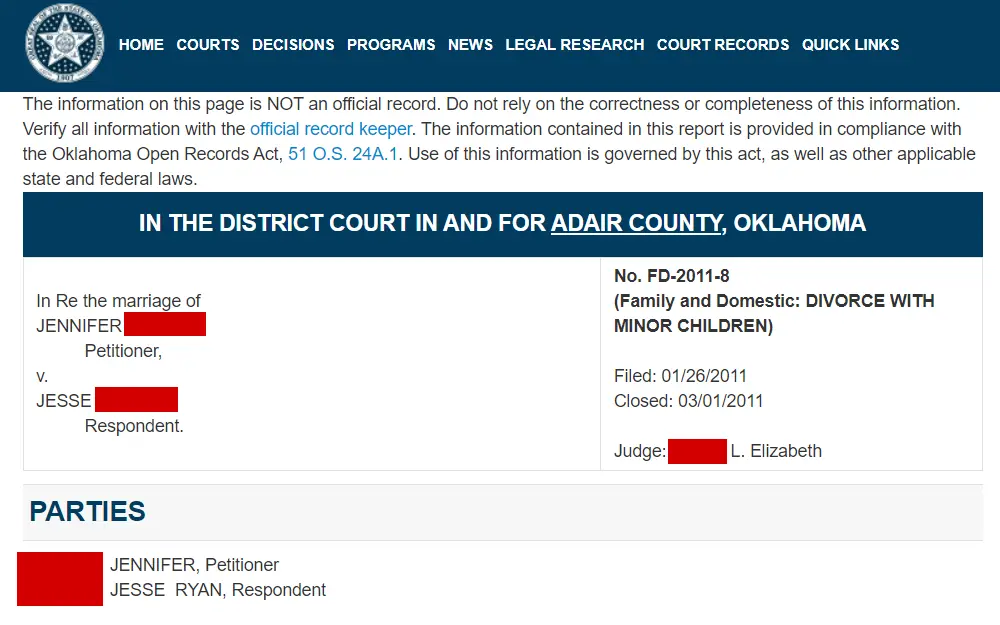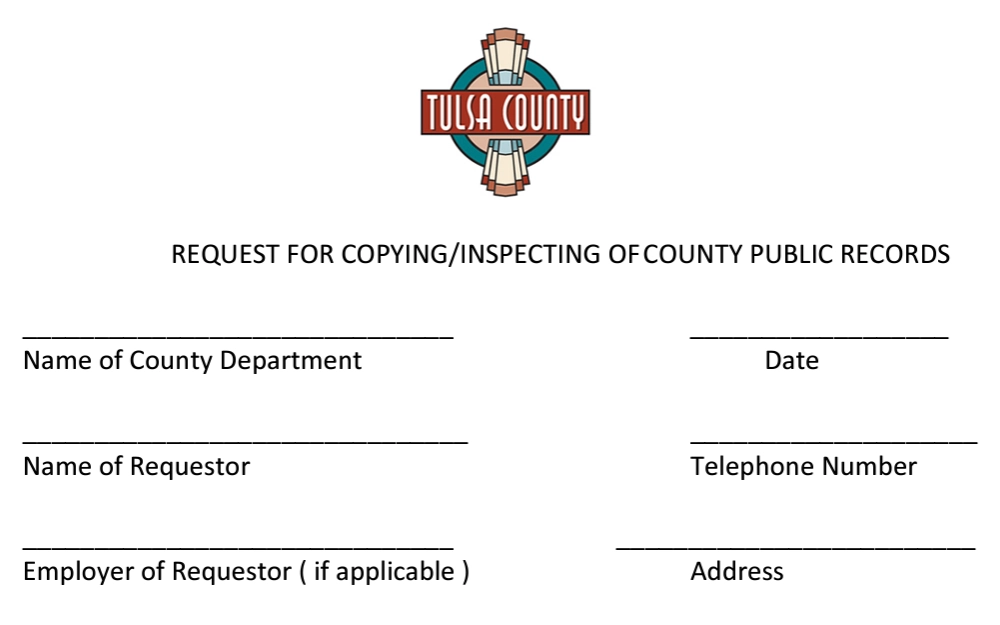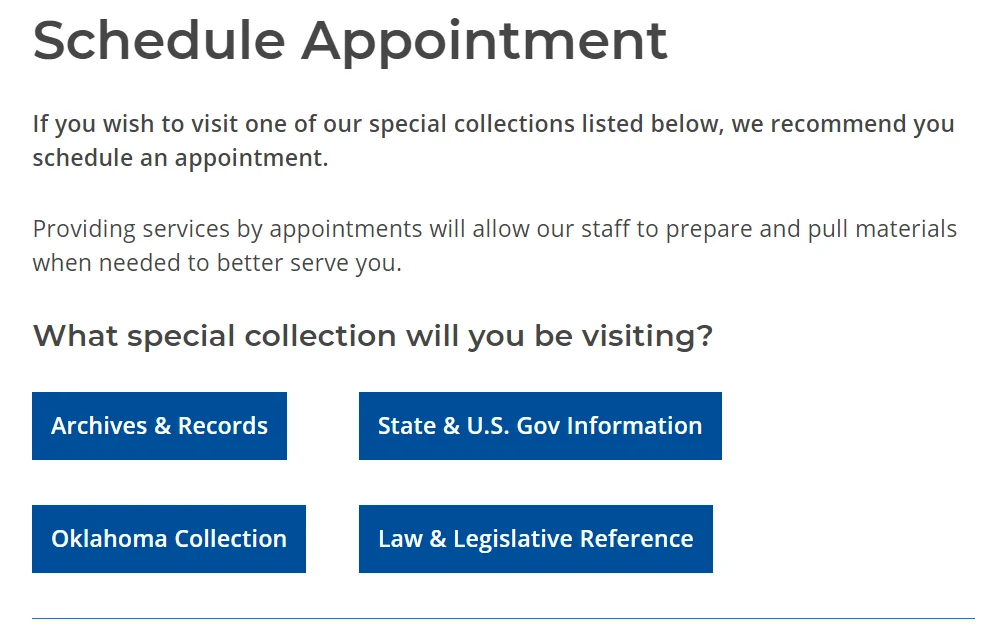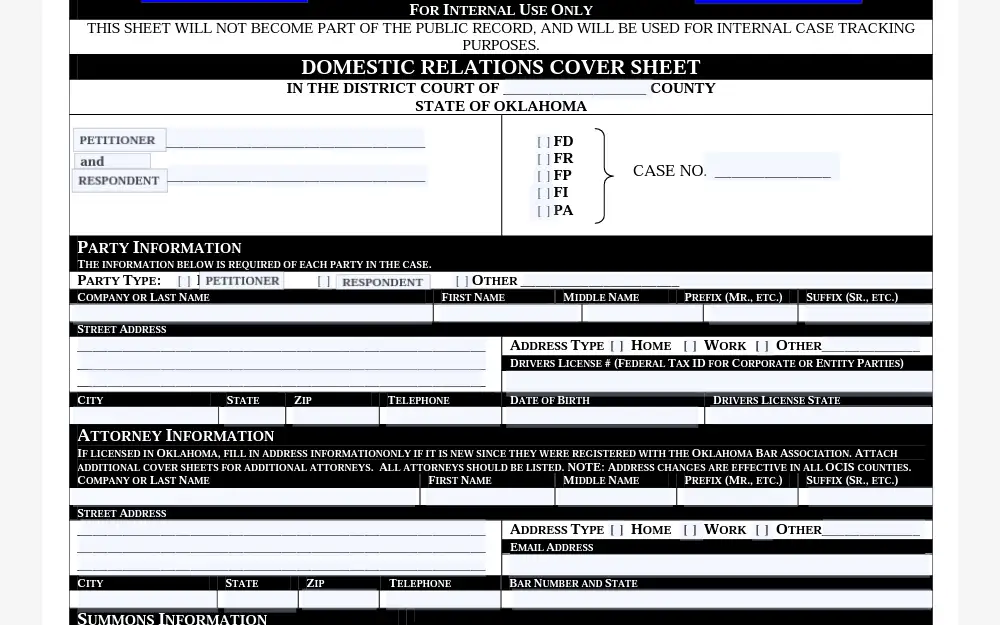Search and acquire free Oklahoma divorce records for details about any citizen’s marital history.
The Oklahoma Open Records Act demands that government agencies allow the public to review and copy records; that’s why divorce records are accessible to anyone needing that information. Important facts about their spouses, when and how the divorce unfolded, and details about the case are readily available to everyone.
Count on this resource to show readers how to uncover divorce records in Oklahoma for free, with step-by-step guidance to accomplish it quickly and without hassle.
Are Divorce Records Public or Private in Oklahoma?
Divorce records in Oklahoma are public and accessible to anyone. Unless the court has sealed those records, whoever is interested in it can pull up information about who’s gotten a divorce, as well as details about their case.
All marriages and dissolution of marriages are governed by the Oklahoma Statutes Title 43. This chapter covers all family and matrimonial relations, providing clarity to individuals going through difficult situations and a pathway for those who wish to uncover information.
In Oklahoma, the courts accept both fault-based and no-fault divorces. In a no-fault petition, all the petitioners must say is that the parties are incompatible and, therefore, the marriage can’t continue.
An at-fault divorce petition would involve making statements and showing proof that the respondent failed to meet their obligations within the marriage. Among other things, the petitioner could allege abandonment, cruelty, and insanity. Those allegations would need to be corroborated by proof, and considering all court documents would be public records, many people tend to avoid this kind of exposure.
Citizens who are interested in a marriage dissolution case can run a free public divorce records search using different court systems and tools that are available online.
Certified copies of documents can be obtained with the County Clerks Offices throughout the state. Historical divorce records can also be uncovered, and how to navigate each of these tools will be discussed in this article.
According to the Oklahoma State Department of Health, more than 24k marriage licenses were issued in the state in 2022.1 At the same time, over 14k divorces were granted to Oklahoma citizens. Those are big numbers, but statistics show that both nuptials and separations have decreased over the past few years.
How To Find Oklahoma Divorce Records at No Cost
Oklahoma allows citizens to search and see details about any court case handled in any district within the state unless a judge seals it. That includes divorces, which makes it relatively convenient for anyone to uncover details about any marriage dissolution in Oklahoma.
The Oklahoma State Department of Health has a Vital Records Office.2 However, this office only assists citizens in finding and obtaining birth and death records. The most effective way to search for information about divorce decrees is through the Oklahoma State Courts Network (also known as OSCN).

This free online search engine helps interested citizens find information about any court case in the state. For a divorce records search, users should go by the name of one of the former spouses but also limit the search to “Family & Domestic Cases.” In cases where more information is available, individuals can narrow the search by adding dates, choosing a specific court, and many other things.
Results will show details about the case, including names and dates, as well as every step taken during the court process. It may also indicate if children were involved and what was considered to be the ground for divorce.
In particular, the results will show which court handled the divorce case, which is helpful when an official certificate is needed. Whenever a divorce certificate is needed, citizens should contact the local County Clerk’s Office where the divorce was granted.
Requesting Divorce Records in Oklahoma at the County Level
Each county in the state is free to establish the procedures for a citizen to obtain a certified copy of a document or an official record as long as they comply with the Oklahoma Open Records Act.4 This resource will describe how the three most populous counties work with those who contact them to request divorce records.
The Oklahoma County Court Clerk accepts requests online, directly on their website, or via mail.5 To place a request online, people must fill out the fields on the website form with as much information as possible.
Users should remember that it’s possible to retrieve details using the OSCN system (Oklahoma State Courts Network) when little is known, making sure the County Clerk is provided with as much information as possible.
A few days after the online request is placed, the individual will be contacted with payment information: how much is due and how to pay the fee. After that, records will be sent to them or delivered in about ten days.
For mail requests, citizens must send information about the divorce they wish to uncover (basically the same information requested on the website), payment and a self-addressed envelope for the records to be returned. This is the Clerk’s Office’s fee schedule:
- $1.00 per initial page, plus $0.50 per extra page
- $0.50 for each certified document
- $5 per authenticated certificate
When in doubt, interested citizens can contact the clerk directly using the following information:
Oklahoma County Court Clerk
Oklahoma County Annex Building
320 Robert S Kerr Ave. – Room 409
Oklahoma City, OK 73102
Phone: 405.713.1705
The Tulsa County Clerk’s Office receives requests online for all types of records, including divorce documents and certificates.6 In this county, the originals are never destroyed and can be retrieved for inspection (or copies) anytime needed.
Records can be requested using an online record request form, and the cost for each required copy is the following:
- $0.25 for each simple legal-sized copy
- $1 for each page of a certified copy

The County Clerk may also charge a fee for researching and retrieving documents. This fee is assessed on a case-by-case basis. To visit the office in person or contact them with questions, this is the information:
Tulsa County Court Clerk
500 S Denver – 2nd Floor
Tulsa, OK 74103
Phone: 918.596.5420
The Cleveland County Clerk’s Office provides the same service as the other counties but has limited information on its website.8 This is how citizens can contact them and request the copies they need:
Cleveland County District Court Clerk’s Office
200 S Peters Avenue
Norman, OK 73069
Phone: 405.321.6402
Whenever someone needs to find historical divorce records and the local county clerks are unable to help, the state of Oklahoma offers resources that can be helpful.
Obtaining Archived Divorce Information for Free via the Oklahoma State Archives
The Department of Libraries manages the State Archives and offers resources for individuals searching for historical divorce records in Oklahoma.
The Digital Prairie System is one of those tools and allows citizens to search for historical documents in Oklahoma, including marriage and divorce records.
Among other things, users can perform a Keyword Search for a name and event in life. In other words, they can look up “divorce” and the name of their ancestor and see what documents and records come up.
Another tool is a guide that contains a vast list of historical and genealogical sources that can help uncover family information.9 It includes agencies, libraries, and centers that keep information about Oklahomans from the past. Anyone interested in genealogical research can contact those sources and work with them to find information about their ancestors.
It’s also possible to visit the Archives and perform a search in person. Making appointments is recommended but not mandatory and can be scheduled online.10 This is how the Archives Office can be visited or contacted:
Oklahoma Department of Libraries
State Archives Office
200 NE 18 St.
Oklahoma City, OK 73105
Phone: 405.522.3579

The Oklahoma Historical Society has some relevant historical records: a divorce index containing about 40,000 names from Oklahoma County specifically. This index can be searched by name and year, including data from 1923 to 1944.
Does Oklahoma Legally Allow Common Law Marriages & Divorces?
For a long time, Oklahoma was a state that recognized common law marriages. All that was needed for a common law marriage to be considered valid was having the couple cohabitate and live as a married couple, for all intents and purposes.
Common law marriages stopped being accepted in Oklahoma in 2014. Since that date, it doesn’t matter how long a couple has been living together; they’ll only be considered married if the proper steps are taken to obtain a license and have their matrimony before an officiator.
However, common law marriages established before 2014 remain valid in Oklahoma as long as it hasn’t been dissolved for whatever reason – such as death, divorce, etc. Any citizens in a common law marriage that started before 2014 may rest assured that their rights are preserved in Oklahoma.
For those who cohabitate with a partner (or plan on doing so) but don’t want to get married, there are ways to make the relationship official and protect their interests. To do that, those couples should retain an attorney and seek legal counsel. The attorney can have a cohabitation agreement drafted for the couple.
Such an agreement would protect both parties if they someday decide they no longer want to be together as a couple. At the same time, it’d also protect their property and rights if something happened to one of them.
Considering that common law marriages aren’t recognized for relationships established in 2014 and after, it’s important to have an arrangement that will stand in court if need be (just like someone would do with a prenup, adoption papers, etc.).
How To View Dissolutions of Marriage & Common Law Divorces Throughout Oklahoma
If someone in a common law marriage wishes to separate, they must go through a divorce like any other married couple would. How to file for a divorce in Oklahoma will be addressed below.
Any marriage dissolution will be shown in court records, just like any other divorce records in the state. With that in mind, although common law marriages may be hard to uncover due to the lack of proper paper trails to prove it, that wouldn’t be the case with a common law divorce.
If someone believes that an individual was in a common law relationship and got divorced, they can search the Oklahoma State Courts Network (OSCN). This system will show all divorces in the state of Oklahoma under the “Family and Domestic Cases” section, presenting details about the case.
Individuals would be able to know more about the marriage, the parties involved, the dates related to the case, and more.
How To Apply for a Divorce & Respond to Divorce Papers
In order to file for divorce in Oklahoma, the petitioner must be a resident of the state for a minimum of 6 months. They must also file at the county they live in and have been a resident for at least 30 days.
Like any other place, the simplest and fastest way to dissolve a marriage is an uncontested divorce, when former spouses agree on everything and no party questions the other. It requires one hearing, but, in general, after that, the judge would likely give the couple the decree and allow them to move on with their lives.
In real life, not all divorces are uncontested, and both parties should be aware of their rights and responsibilities. First, in any case — whether a smooth or complicated divorce – there’s a 6-month waiting period before any former spouse can remarry.
The Tulsa County Clerk’s Office makes all the forms needed for a divorce to be filed available on their website. Although citizens must file at the county where they live, the approved court forms are the same for the whole state, and anyone can benefit from the information shared by this office.
The Clerk’s Office offers the following forms and packets for those who need to file for a divorce:
- A cover sheet;
- Packet for divorces that involve minor children;
- Packet for divorces with no children involved.

The fee for filing for divorce, including summons, is $272.14. A full fee schedule is available online, like the forms cited above, for cases where the fee may differ.12
For the respondent of a divorce suit, there are also some things to consider. The first one is that no respondent has to agree to the terms that are initially offered to them. Everyone is entitled to question what’s initially offered or suggested and fight for what they believe is right.
After being served with divorce papers, any citizen has 20 days to respond to it. They can file a response or a counterclaim, depending on what they wish to accomplish. It’s important not to miss that deadline to avoid forfeiting rights and assets.
It’s also recommended to consider hiring an attorney who could look at the petition that was filed and advise the respondent on the better way to respond to it.
Hiring an experienced attorney may be expensive, but it can potentially help save money and time: time worrying about how to deal with the divorce process and money on excessive payments for alimony or the loss of property, among other things.
Oklahoma divorce records are available to anyone who wants to uncover information and ensure they know the truth about anyone; therefore, no one should hesitate to access those tools and resources whenever needed.
Those seeking additional record types can also check out the OK marriage search tutorial or view all free public information in Oklahoma (background checks, crime, births, deaths, warrants, court cases, and more).
References
1Marriage And Divorce Statistics 2010-2022. Oklahoma State Department of Health. (n.d.) Retrieved November 10, 2023, from <https://oklahoma.gov/content/dam/ok/en/health/health2/aem-documents/data-and-statistics/center-for-health-statistics/health-care-information/vital-statistics/Final_MarriageDivorce_Report2022_a.pdf>
2Oklahoma Vital Records. Oklahoma State Department of Health. (n.d.) Retrieved November 10, 2023, from <https://oklahoma.gov/health/services/birth-and-death-certificates.html>
3OSCN Case Details. Oklahoma State Courts Network. (n.d.) Retrieved November 10, 2023, from <https://www.oscn.net/dockets/GetCaseInformation.aspx?db=adair&number=FD-2011-8&cmid=28416>
4Open Record Act. Oklahoma Department of Libraries. (n.d.) Retrieved November 10, 2023, from <https://oklahoma.gov/libraries/law-legislative-reference/library-laws-and-regulations/statutes-and-rules--open-record-act.html>
5Request Records. Oklahoma County Court Clerk. (n.d.) Retrieved November 10, 2023, from <https://www.oklahomacounty.org/elected-offices/court-clerk/request-records>
6Court Clerk. Tulsa County District Court. (2019) Retrieved November 10, 2023, from <https://www.tulsacountydistrictcourt.org/court_clerk.html>
7Request For Copying/Inspecting Of County Public Records. Tulsa County Clerk’s Office. (n.d.) Retrieved November 10, 2023, from <https://www2.tulsacounty.org/media/kt0jv4q1/openrecordsrequestform_4302019.pdf>
8Staff Directory. Cleveland County Clerk’s Office. (n.d.) Retrieved November 10, 2023, from <https://clevelandcountyok.com/Directory.aspx?DID=31>
9Genealogical Resources. Oklahoma Department of Libraries. (n.d.) Retrieved November 10, 2023, from <https://oklahoma.gov/content/dam/ok/en/libraries/documents/wp-migrated/GenealogicalResources.pdf>
10Schedule Appointment. Oklahoma Department of Libraries. (n.d.) Retrieved November 10, 2023, from <https://oklahoma.gov/libraries/about-odl/schedule-appointment.html>
11Domestic Relations Cover Sheet. Oklahoma Administrative Office of the Courts. (2000) Retrieved November 10, 2023, from <https://www.tulsacountydistrictcourt.org/files/Cover_Sheet.pdf>
12Family Division Filing Fees. Tulsa County District Court. (n.d.) Retrieved November 10, 2023, from <https://www.tulsacountydistrictcourt.org/files/Family_Division_Filing_Fees.pdf>
